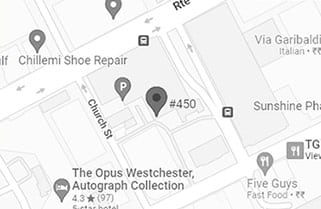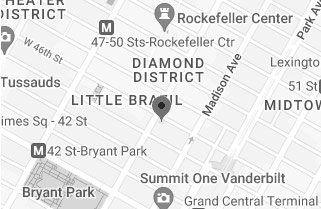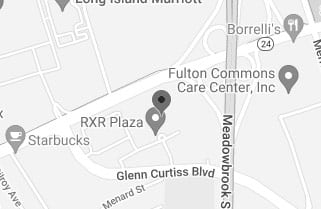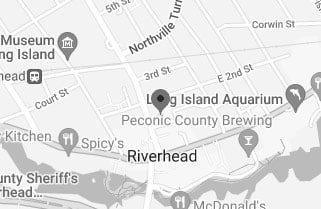The city of Hoboken, New Jersey, has recorded zero traffic violence deaths for three years, an impressive feat which a recent report by Streetsblog recently attributed to the city’s commitment to its Vision Zero campaign.
Hoboken Mayor Ravi Bhalla launched the campaign in 2019, expanding its network of bicycle lanes by 38% in that year and 2020. Today Hoboken has a “total on-street network of 16.3 miles” of bike lanes, encompassing nearly 50% of the city’s 33 miles of roadway—although, as StreetsBlog notes, only 6.4% of the bicycle lanes are not protected. New York City, on the other hand, launched its Vision Zero campaign in 2014 and now has 1,375 miles of bicycle lanes (546 of which are protected) on its 6,000 miles of roadway, or about 23%.
Hoboken’s director of transportation and parking told Streetsblog in a statement that “Hoboken is a pedestrian-oriented city… There are so many ways that you can get around without driving, some people have stopped driving in Hoboken.” The numbers bear this out. Between 2019 and 2020, per Streetsblog, Hoboken enjoyed a “35-percent drop in the number of pedestrians struck by vehicles,” as well as an 11% drop in the number of struck bicyclists and a 27% decline in vehicle collisions.
The Streetsblog report contextualizes Hoboken’s Vision Zero effort as part of a “a larger movement toward bike-friendly policies in the cities across the Hudson from New York City.” Jersey City is another such municipality, having created “‘pop up’ protected bike lanes during annual cycling events” and hosting a “secure bike-parking facility” at one of its major train stations. Hoboken’s street safety effort has focused on one of its main streets, Washington Street, which “had a high number of collisions” before it was redesigned in 2020 to rectify its lack of bicycle facilities and curb extensions, and its “traffic signaling that favored the fast movement of automobiles.”
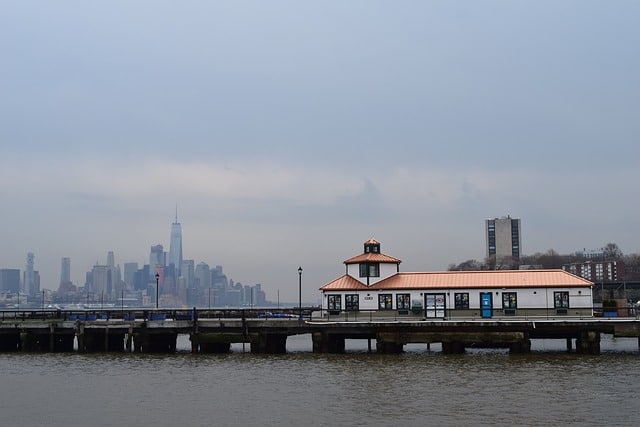
During that redesign, the city placed curb extensions at intersections, established bike lanes, created wider crosswalks with enhanced visibility measures, and retooled its traffic signals “so that pedestrians have a seven-second head start.” It continued establishing traffic safety features, like more curb extensions and more visible crosswalks, throughout the course of the Covid-19 pandemic.
More information on Hoboken’s measures to reduce car crashes and pedestrian deaths is available via Streetsblog.
Contact our attorneys to discuss your car accident case.

